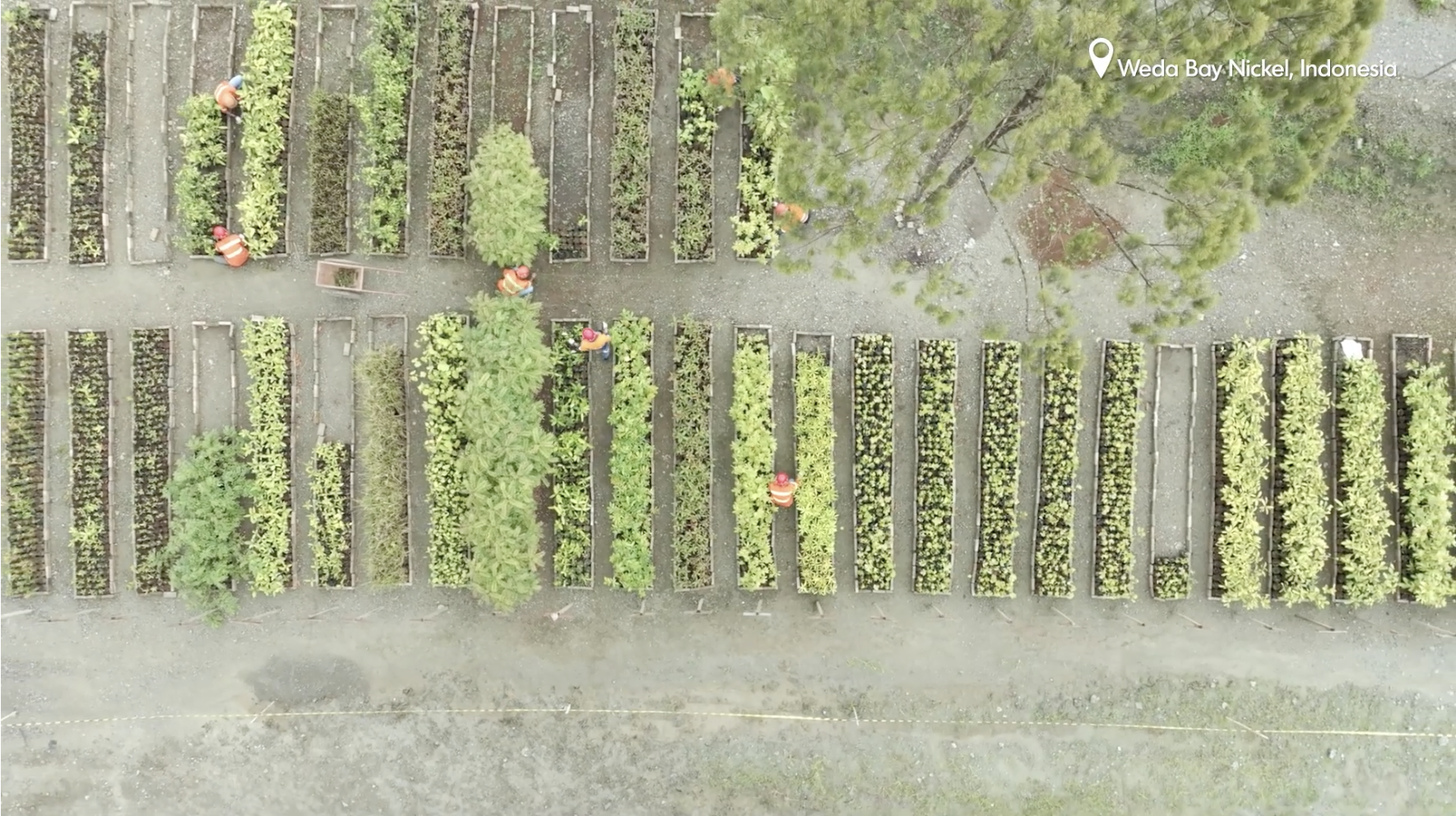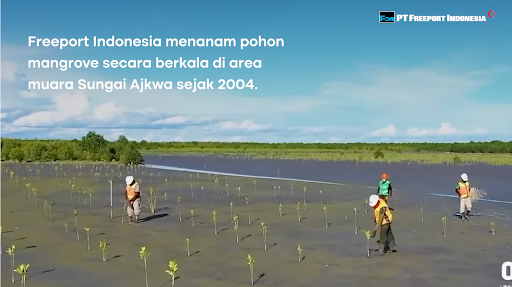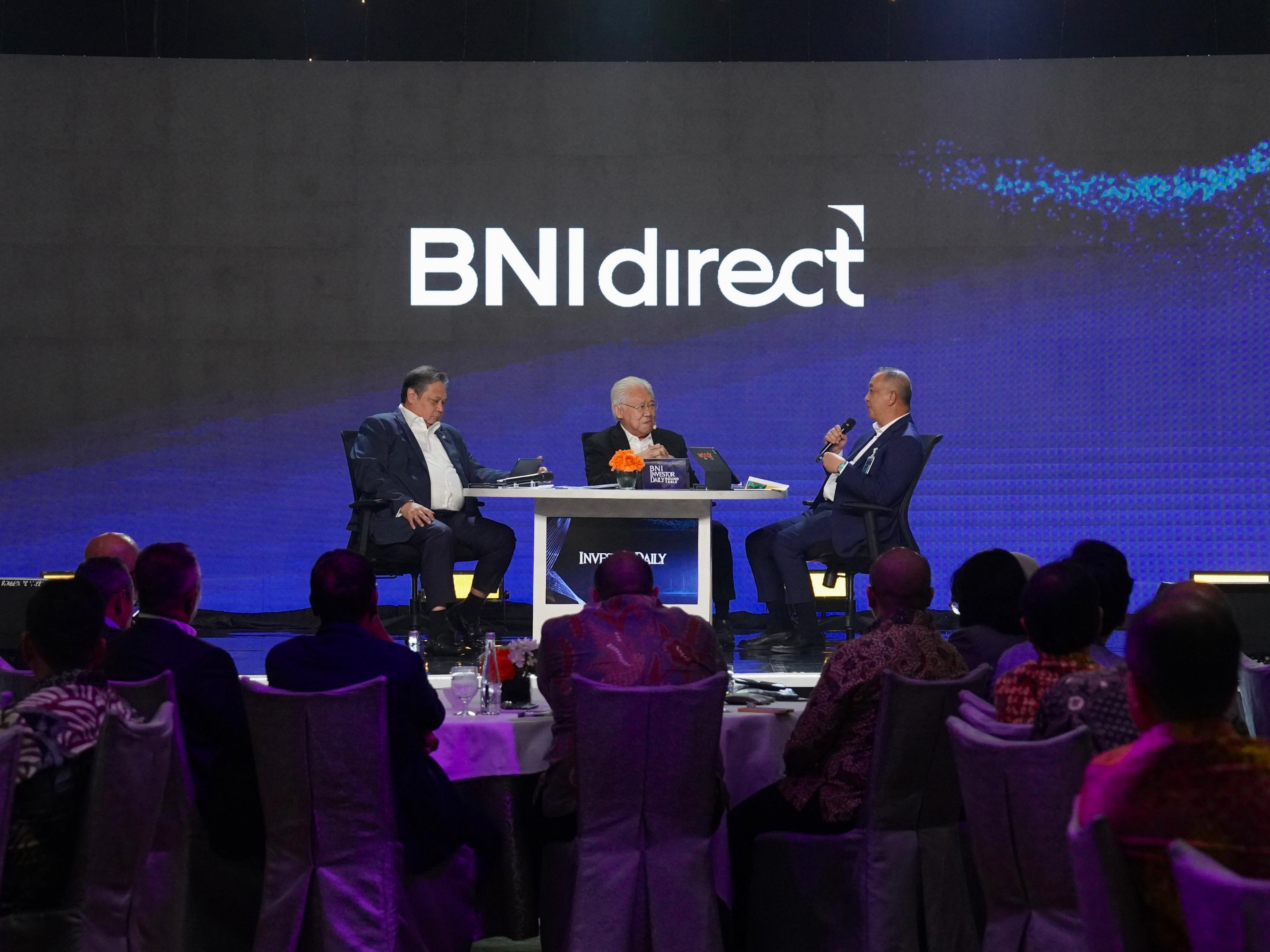Over the last two decades, market dynamics have shifted. Sustainability has become a mainstream imperative from a niche concern. As we all know, market forces are steering the global economy away from fossil fuels with an argument that it is less detrimental to the environment. Brands are now considering sustainability and ESG when it comes to promoting their companies. Some of them are already putting sustainability into the core of their operations.
While some brands have been proactive in adopting sustainable practices, many others have been motivated by consumer demand and market trends. Deloitte (2022) reports that during the pandemic, globally, consumers were more proactive in adopting sustainable lifestyles, whether by choosing brands that have sustainable practices and values or by not purchasing products that are not environmentally friendly.
According to a survey conducted by Fi Asia and FMCG Gurus, 66% of consumers in Indonesia are concerned about current environmental issues, several of which are global warming, deforestation, and food wastage. As consumers become increasingly worried about the impact of environmental damage on their quality of life and future generations, they are calling for companies and individuals to adopt a more collective approach to environmental protection. From both reports, we can see that customers want to engage with brands that align with their values. They are now even willing to go the extra mile to find the right business to support. Therefore, customers’ understanding of environmental issues has become crucial to companies’ growth and development (Herman et al., 2021).
This transformative trend is sweeping across diverse industries, from financial institutions to mining companies. In this context, the significance of communication about sustainability becomes apparent. The tools that brands usually use are green advertising and green public relations (PR). In fact, the public relations industry plays a key role in promoting the notion of corporate environmentalism (Nakajima, 2001).
While green advertising and public relations have made significant strides in recent years, there remains skepticism about their effectiveness and transparency. Critics argue that these practices often mislead consumers with deceptive environmental claims. A study even suggests that the positive aspects highlighted in green ads and public relations are frequently irrelevant to the broader environmental challenges. However, it’s important to note that green advertising and public relations have evolved considerably. Many companies now recognize the need to communicate their environmental efforts openly and honestly to address misconceptions and build trust with their stakeholders.
To differentiate between the two, green advertising is any advertisement that explicitly or implicitly promotes awareness of environmental issues and/or suggests behavior that is useful for minimizing or improving environmental issues (Fowler III et al., 2012). Meanwhile, green public relations (PR) is an effective tool for companies aiming to portray themselves as environmentally responsible by employing transparent communication, involving stakeholders, and setting measurable targets (Husain et al., 2023).
At Praxis, almost all our clients are talking to us about sustainability. Each of them is at a different target of their sustainability journey, from seeking help with messaging to communicate what they’re doing (while avoiding claims of greenwashing) to developing communication plans that focus on influencing the customer. So, what role can agencies and brands play right now to communicate brands’ sustainability claims and avoid greenwashing effectively?
Proactive communication
Source: Eramet YouTube
To avoid greenwashing and make a genuine impact, agencies and brands must adopt a proactive approach to sustainability communication. Transparency is paramount; companies should openly share their sustainability initiatives and progress, avoiding exaggerated or misleading claims. Effective green public relations involves communicating to stakeholders the importance of sustainability and the specific steps taken by the organization to reduce its environmental impact.
This goal can be achieved through direct engagement, such as social media posts and corporate blogs, or indirectly through media via press releases, interviews, story pitches, and even placements. Other than that, the implementation of a crisis management plan can help companies to effectively address ecological issues and minimize damage to their reputation.
Focus on impact
Source: PT Freeport Indonesia YouTube
In my thesis on Green Advertising in Indonesia, I found that due to the abundance of informative messages, green advertising in Indonesia is often perceived as ambiguous because the information conveyed is general and broad. To avoid this, focus on the impact instead of giving the public or your consumers’ general knowledge. In public relations, it is essential for green initiatives to not only convey an organization’s commitment to environmental causes but also demonstrate tangible progress toward predefined environmental goals. For instance, in its recent press release, PTFI highlights its specific reclamation targets, providing concrete evidence of its environmental commitments:
“For 2024, PTFI's reclamation target is 65 hectares. Based on the obligations outlined in the roadmap, the total area to be reclaimed until the end of operations is 900 hectares. Meanwhile, 507 hectares have already been reclaimed up to 2023.”
Storytelling matters
Source: DBS Indonesia YouTube
Good sustainability storytelling positions a brand in the conversation. No matter where they are in the journey towards responsible practices, it gives them a platform to share their progress and concerns with the public. Bank DBS Indonesia, for example, has long communicated its commitment to sustainability beyond banking.
Sustainability in banking, such as green finance, is a complex topic. However, Bank DBS Indonesia has made it more relatable and understandable to its customers. One of them is the “Towards Zero Food Waste” campaign which focuses on addressing one of Indonesia's biggest issues; food waste, while promoting their banking products.
Our environment is at a critical juncture, and the urgency to act has never been greater. Brands and companies must embrace sustainable practices through ESG initiatives, not just as a corporate checkbox, but as a genuine pathway to preserving our planet for future generations. This shift toward sustainability is not just a trend—it’s a necessity.
PR agencies now have a unique opportunity to be at the forefront of these critical changes, amplifying messages that can drive real impact. By ensuring that brands communicate their sustainability efforts authentically and avoid greenwashing, PR professionals can shape the narrative toward a brighter, more sustainable future. It’s not just about promoting; it’s about being part of the solution and creating a positive legacy for the world. Let’s use our platform to make sustainability more than a message—let’s make it a movement.
References:
Deloitte. (2022). Striving for balance, advocating for change. https://www.deloitte.com/uk/en/Industries/consumer/research/sustainable-consumer-what-consumers-do.html
Fowler III, A. R., & Close, A. G. (2012). It ain’t easy being green macro, meso, and micro green advertising agendas. Journal of Advertising, 41(4), 119–132. https://doi.org/10.1080/00913367.2012.10672461
Herman, L. E., Udayana, I. B. N., & Farida, N. (2021). Young generation and environmental friendly awareness: Does it the impact of green advertising? Business: Theory and Practice, 22(1), 159–166. https://doi.org/10.3846/btp.2021.12417
Husain, M. N., Harahap, E. F., Bachtiar, Y. C., Diawati, P., & Santos, E. R. (2023). The sustainability development dilemma in green public relations: part of CSR failure? Deleted Journal, 7(3), 759–778. https://doi.org/10.25139/jsk.v7i3.7386
Nakajima, N. (2001). Green advertising and green public relations as integration propaganda. Bulletin of Science Technology & Society, 21(5), 334–348. https://doi.org/10.1177/027046760102100502















